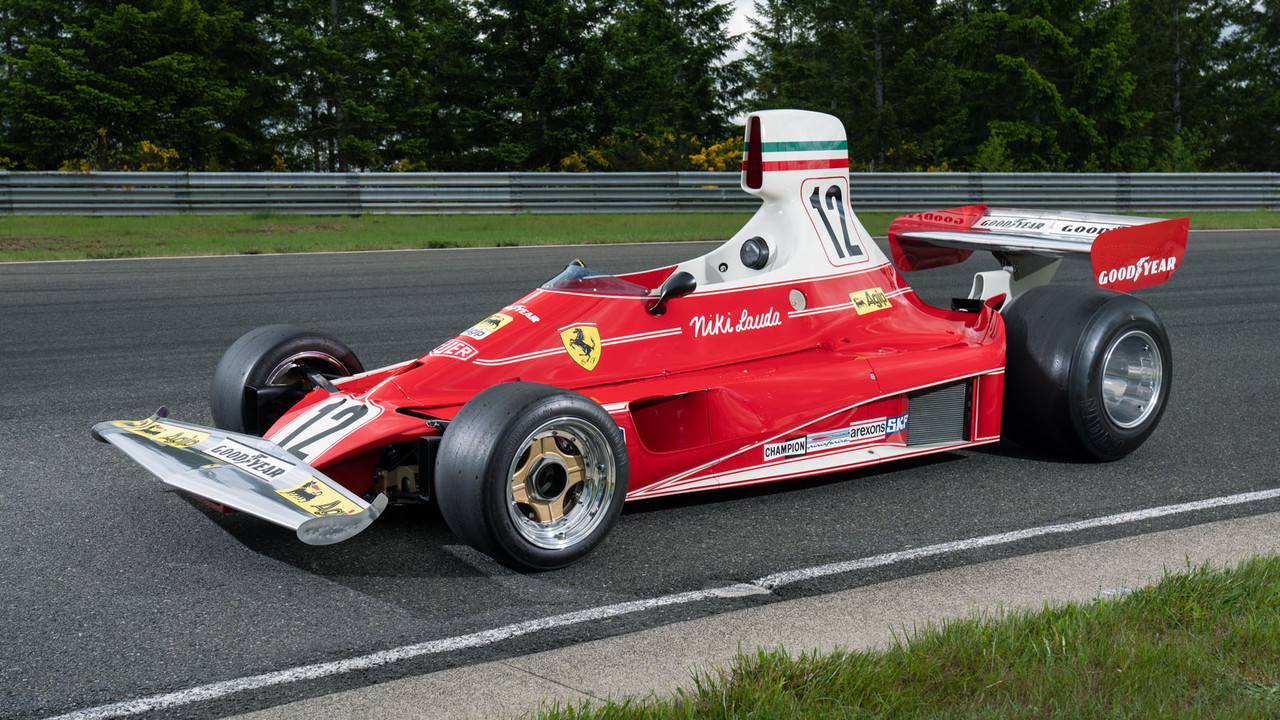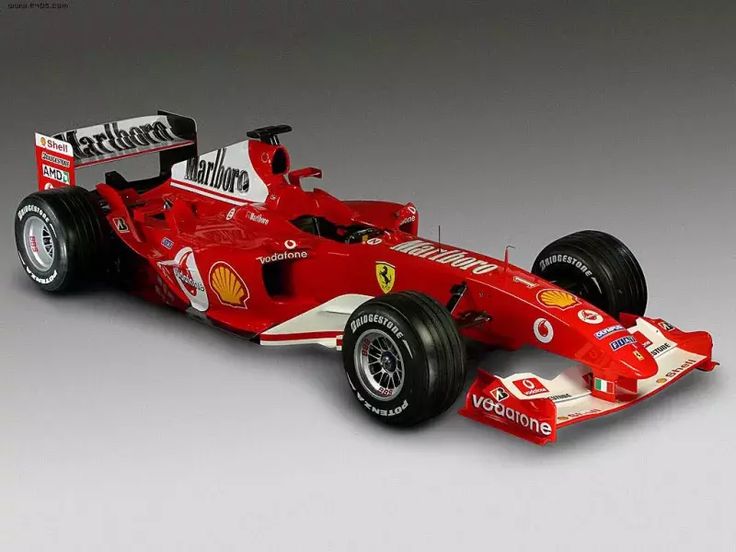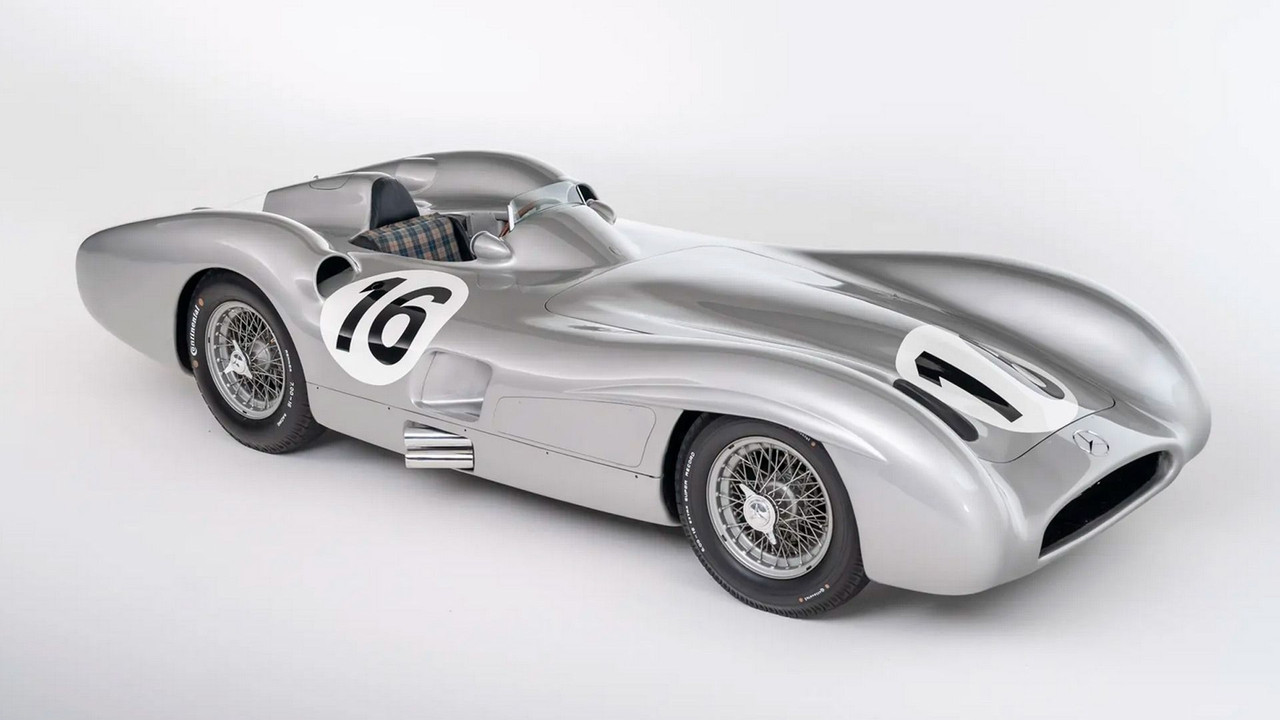Equation 1 is the extreme mix of human ability and mechanical greatness. Whereas superstar drivers such as Michael Schumacher, Ayrton Senna and Lewis Hamilton can garner the spotlight in praise of their talents, it is often the vehicle beneath them that transforms possibility into hegemony. Over the decades, certain Equation 1 cars have stood head and shoulders over the rest, combining development, control, and unwavering quality to rework records.
In this article, we’ll investigate the most successful F1 cars in history—machines that not as it were collected wins and championships but characterized whole periods of hustling. From Ferrari’s brilliant a long time to Ruddy Bull’s cutting edge dominance, these cars epitomize the tenacious interest of speed and perfection.
Ferrari 312T (1975–1980) – A Tradition of Success

One of the most notable families of Formula One vehicles ever produced is the Ferrari 312T configuration. Its streamlined productivity and transversely placed gearbox communicated a sense of control and unwavering quality. Over its life expectancy, the 312T made a difference and Ferrari secured four Constructors’ Championships and three Drivers’ Championships.
Driven by legends like Niki Lauda and Jody Scheckter, it won about 30 races and demonstrated versatility to steady control changes. Its combination of advancement and consistency made it a foundation of Ferrari’s wealthy F1 legacy.
McLaren MP4/4 (1988) – The Apex of Perfection
Most people agree that the McLaren MP4/4 is the most popular Equation 1 vehicle ever produced. Outlined by Gordon Murray and Steve Nichols and fueled by a Honda turbo motor, it accomplished a bewildering record—winning 15 of the 16 races in the 1988 season.
With Ayrton Senna and Alain Prost at the wheel, the MP4/4 was untouchable, securing both championships with ease. Its low-slung plan, groundbreaking streamlined features, and immaculate execution gave it a win rate of over 93%. Decades afterward, it remains the benchmark for single-season dominance.
Ferrari F2002 – Designing Brilliance
Ferrari’s F2002 is recollected as one of Michael Schumacher’s most capable weapons. With a lightweight chassis, compact gearbox, and extraordinary unwavering quality, it was a bad dream for rivals. The car won 15 of 19 races over 2002 and early 2003, frequently wrapping up half a diminutive ahead of the competition.
This car won Schumacher his fifth world title and the designing team at Ferrari demonstrated the degree of consistency that is commonly unseen in motorsport. The F2002 was the embodiment of the heights of Ferrari domination of the early 2000s.
Ferrari F2004 – The Schumacher Period Masterpiece

If one car speaks to Ferrari’s brilliant time, it’s the F2004. This machine fueled Schumacher to his seventh and last championship in fashion, winning 15 of 18 races in the 2004 season. Its V10 motor was a powerhouse, creating unmatched execution whilst keeping up surprising reliability.
The F2004 was not fair fast—it was steady. Indeed nowadays, its lap records at famous circuits like Monza and Shanghai stay competitive. It solidified Ferrari's position as the dominant force in the early 2000s.
Williams FW18 (1996) – Newey’s Streamlined Wonder
The most successful car in the year 1996 was the Williams FW18 designed by Adrian Newey. It won both championships with 12 race wins and post positions with Damon Slope and Jacques Villeneuve as drivers.
Its streamlined plan and adjusted chassis made it prevalent on all sorts of circuits. The FW18 was the crest of Williams’ dominance in the 1990s and a grandstand of Newey’s virtuoso that would afterward control other effective F1 teams.
Mercedes W07 Cross breed (2016) – Turbo-Hybrid Supremacy
Mercedes established unused standards during the turbo-hybrid era, and the W07 was their assigned achievement. Amid the 2016 season, it won 19 of 21 races, recording one of the most noteworthy win rates in F1 history.
Driven by Lewis Hamilton and Nico Rosberg, it showcased the dominance of Mercedes’ crossover innovation. With tenacious pace and bulletproof unwavering quality, the W07 secured both championships, with Rosberg barely beating Hamilton for the drivers’ title some time after his retirement.
Red Bull RB19 (2023) – Present day Dominance Redefined
The Ruddy Bull RB19 is maybe the most overwhelming car in cutting edge F1. In the 2023 season it achieved 21 wins out of 22 races, an extraordinary feat which achieved long-standing records.
In the hands of Max Verstappen the presented RB19 demonstrated unprecedented speed, perfectly executed procedure, and an impressive degree of stability. Its near-perfect win rate built it up as the most effective single-season car in Equation 1 history, displaying Ruddy Bull’s specialized prevalence beneath the most recent regulations.
Alfa Romeo 158 (1950): The Dominance Pioneer
At the first light of Equation 1, the Alfa Romeo 158 set the tone for what an overwhelming car might accomplish. It won each race in the inaugural 1950 World Championship season, giving Nino Farina the to begin with Drivers’ title.
With its supercharged motor and lightweight plan, the 158 was unmatched. It was not as it was begun Alfa Romeo’s bequest but too laid the establishment for F1’s notoriety as a grandstand of building excellence.
Williams FW14B (1992) – The Mechanical Revolution
The Williams FW14B was a progressive machine that changed the future of Equation 1. Pressed with progressive innovation like dynamic suspension, footing control, and semi-automatic transmission, it was a long time ahead of its competitors.
The FW14B, driven by Nigel Mansell, won nine races and took home the title in 1992. It demonstrated how distant cutting-edge innovation may thrust execution, setting the stage for the tech-driven future of F1.
Mercedes W196 (1954–55) – Fangio’s Icon

Legends like Stirling Greenery and Juan Manuel Fangio propelled the Mercedes W196 to prominence in the mid-1950s. It won 75% of the races it entered over two seasons and conveyed two Drivers’ Championships.
The W196’s streamlined bodywork and progressed designing for its time made it a standout. It symbolized Mercedes’ early brilliance in F1, a notoriety they would restore decades afterward in the crossover era.
Read More:- How Formula 1 Racing Technology Impacts Road Cars
Conclusion
The most successful F1 cars in history are more than fair machines—they are points of reference in motorsport advancement. Each car on this list didn’t fairly win races; it re-imagined what was conceivable in Equation 1. From Alfa Romeo’s spearheading 158 to Ferrari’s early 2000s showstoppers, Mercedes’ crossover monsters, and Ruddy Bull’s cutting edge dominance, these cars grandstand the idealized marriage of building brilliance and driver skill.
As the wear proceeds to advance with unused advances and directions, one thing remains certain: the bequest of these incredible cars will proceed to rouse future eras in the persistent interest of speed and flawlessness.









